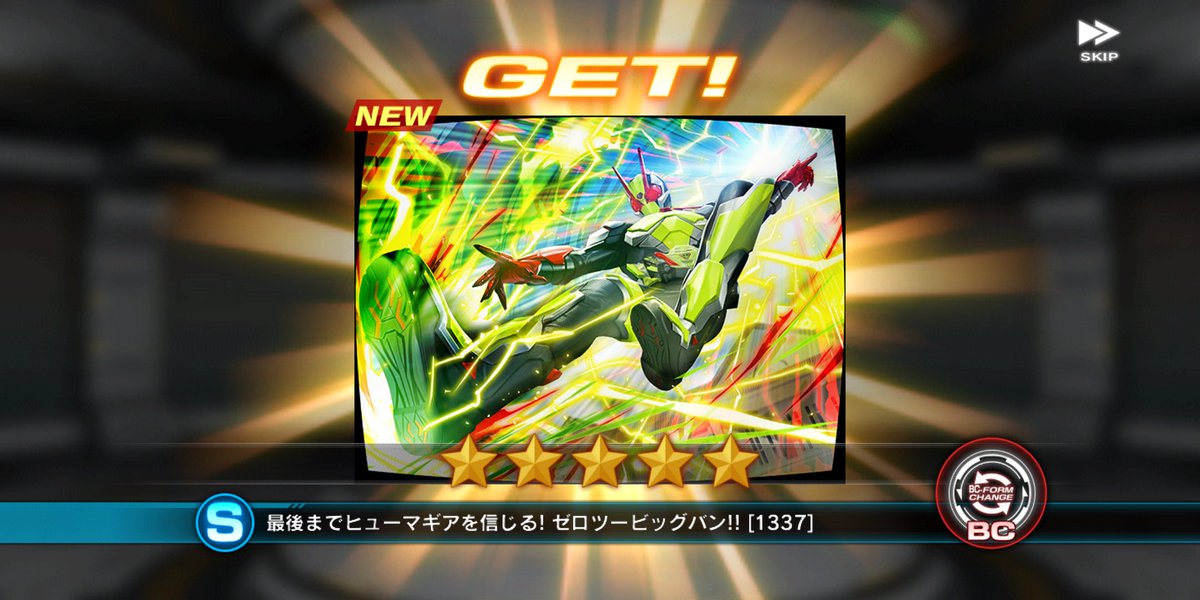
- #Kamen rider city wars building guide serial#
- #Kamen rider city wars building guide series#
- #Kamen rider city wars building guide tv#
Kaijin ( 怪人, Kaijin literally "mysterious person") productions primarily feature super villains as the central character. Kaiju ( 怪獣, kaijū, literally "mysterious beast") productions primarily feature monsters, or giant monsters ( 大怪獣, daikaijū).
#Kamen rider city wars building guide series#
The many productions of the Tokusatsu series have general themes that are common throughout groups. At the least, it was used to promote the Godzilla suit from The Return of Godzilla. It is not known exactly where the term originated from the term may have been used to differentiate the suit work from Ray Harryhausen's celebrated dynamation (stop-motion) technique. Suitmation ( スーツメーション, Sūtsumēshon) is the term used in Japan to describe the process in tokusatsu movies & television programs used to portray a monster using suit acting.


This changed in 1966, with Ambassador Magma ( マグマ大使, Maguma Taishi, aired in the US as The Space Giants) creating the "Giant Hero" genre, wherein a regular-sized protagonist grows to larger proportions to fight equally large monsters. The following year, in 1958, Moonlight Mask ( 月光仮面, Gekkō Kamen) premiered, Superheroes remained a viable and popular staple of entertainment during the 1960s, but were largely staid, with few of the programs distinguishing themselves from the rest of the lineup. Along with the anime Astro Boy ( Tetsuwan Atom), the Super Giant serials had a profound effect on the world of tokusatsu.
#Kamen rider city wars building guide serial#
However, in 1957, the first film serial featuring the superhero character Super Giant was released, signaling a shift in popularity that favored masked heroes over giant monsters. Godzilla kickstarted the kaiju genre in Japan, which remained extremely popular for several decades, with characters such as the aforementioned Godzilla, Mothra, Gamera, and King Ghidorah leading the market. Godzilla forever changed the landscape of Japanese science fiction & fantasy, and cinema, by creating a uniquely Japanese vision in a genre typically dominated by American cinema. Tsuburaya, inspired by the American film King Kong, formulated many of the techniques that would become staples of the genre, such as so-called suitmation - the use of a human actor in a costume to play a giant monster - combined with the use of miniatures and scaled-down city sets. The driving forces behind 1954's Godzilla were special effects artist Eiji Tsuburaya and director Ishiro Honda. Modern tokusatsu, however, did not begin to take shape until the early 1950s, with the conceptual and creative birth of Godzilla, one of the most famous kaiju (giant monsters) of all time. These utilized some of the earliest forms of special effects, specifically puppetry. Tokusatsu has its most distant origins in early Japanese theater, specifically kabuki, with its action and fight scenes, and bunraku.


Some tokusatsu television programs combine several of these subgenres (the Ultraman and Super Sentai series).
#Kamen rider city wars building guide tv#
The most popular types of tokusatsu are kaiju monster movies (the Godzilla and Gamera film series), superhero TV serials (the Kamen Rider and Metal Heroes series), and mecha dramas ( Giant Robo). Tokusatsu entertainment is often science fiction, fantasy, or horror, but movies and TV shows in other genres can sometimes be classified as tokusatsu as well. In production, the special effects director is given the title of "tokushu gijutsu" ( 特殊技術, "tokushu gijutsu"), Japanese for "special techniques" or "tokusatsu kantoku" ( 特撮監督, "tokusatsu kantoku"), which is Japanese for "special effects director", the title usually used by English language productions. The term "tokusatsu" is a contraction of the Japanese phrase "tokushu satsuei" ( 特殊撮影, "tokushu satsuei"), meaning "special photography". Tokusatsu ( 特撮, Tokusatsu) is a Japanese word that literally means "specialĮffects." It is primarily used to refer to live-action Japanese film and television dramas that make use of special effects. A magazine collection of all well-known tokusatsu heroes in 1991.


 0 kommentar(er)
0 kommentar(er)
